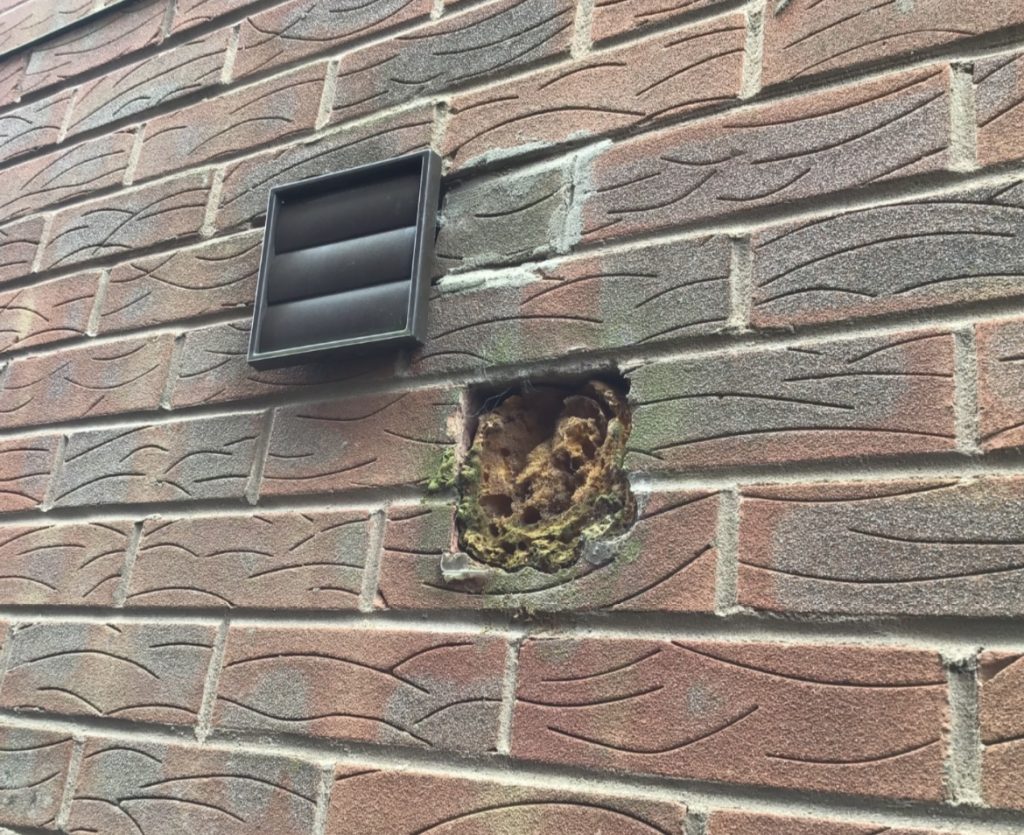
Stop roof vent issues fast is crucial for maintaining a healthy and efficient home. A properly functioning roof vent system ensures proper attic ventilation, preventing moisture buildup and structural damage. Roof vents play a critical role in regulating temperature and humidity levels within the attic space, directly impacting the overall comfort and energy efficiency of your home. Many homeowners experience issues with their roof vents, ranging from minor leaks to complete malfunctions. This article will comprehensively guide you through common problems and their solutions, empowering you to stop roof vent problems promptly. We will cover the various causes, the practical steps to rectify the problems yourself, and when professional help is necessary. The following sections will detail how to diagnose the root cause, fix common issues, and prevent future problems for maximum efficiency and peace of mind. Let’s dive in!
Understanding Common Roof Vent Issues
Roof vents are crucial components of any home’s roofing system, ensuring proper ventilation within the attic. Unfortunately, various factors can lead to roof vent problems, impacting the overall health and performance of the structure. These issues can range from seemingly minor concerns to potentially significant structural concerns, ultimately affecting the home’s energy efficiency and structural integrity. Understanding these problems is the first step towards resolving them efficiently.
Diagnosing Roof Vent Problems
Diagnosing roof vent problems requires a methodical approach to identifying the precise cause of the issue. Start by visually inspecting the vents for any obvious signs of damage, such as cracks, missing sections, or loose seals. Check for signs of water damage around the vents and any surrounding areas. Another crucial step is investigating whether the vent is properly aligned and secured to the roof, making sure there are no gaps or openings where air can escape or moisture can penetrate. Observing the air flow patterns around the vents is essential to determine the effectiveness of the ventilation system.
Fixing Common Roof Vent Issues
Fixing common roof vent issues often requires a range of approaches, ranging from simple repairs to more comprehensive replacements. Loose or damaged seals around the vent can be addressed using sealant, ensuring a tight fit to prevent leaks and air loss. In some cases, clogged vents can impede airflow, causing moisture buildup and other problems. A simple cleaning process can often resolve this issue; however, severe cases may require professional intervention to restore optimal functioning. Furthermore, damaged vent covers can pose a safety hazard and should be promptly replaced.
Preventing Future Roof Vent Issues
Preventing future roof vent issues is more cost-effective and ensures long-term roof health. Regular inspections of the roof vents are essential in detecting potential issues early. Conducting routine checks for any signs of damage can promptly address emerging problems. Moreover, consider implementing preventative measures such as using high-quality materials, maintaining the roof’s overall health, and addressing issues as they arise.
When to Call a Professional
While some roof vent issues can be resolved independently, more complex problems often require professional expertise. If you notice significant structural damage, signs of extensive water intrusion, or the problem significantly impacts your roof’s structural integrity, professional consultation is strongly advised. Licensed contractors possess the necessary knowledge and equipment to diagnose the specific issues accurately, ensuring appropriate repairs and long-term solutions.
Advanced Troubleshooting Techniques
Troubleshooting advanced roof vent issues often requires specialized knowledge. In cases where standard procedures prove insufficient, advanced techniques may be necessary to identify and resolve complex ventilation issues. These advanced techniques can vary based on the specific type of vent issue and may necessitate specialized tools or methods. Expert advice should be consulted for situations requiring advanced troubleshooting.
Modern Roofing Ventilation Solutions
Modern roofing ventilation systems offer advanced approaches to ensure optimal roof performance. These systems commonly utilize high-efficiency vents and materials that withstand harsh conditions. Innovative solutions are crucial to address specific needs and improve home energy efficiency.
Case Studies: Effective Roof Vent Repair Solutions
Real-world examples often showcase successful roof vent repair solutions. Case studies provide specific details on how particular issues were addressed effectively. These cases can serve as useful learning resources to find solutions for common issues. Examples of successful repair solutions are vital resources to draw upon.
Statistics and Data (Example)
Statistics on roof vent damage can provide valuable insights into the frequency and impact of common problems. For instance, studies may reveal that 70% of roof vent issues arise during specific weather events. This data emphasizes the importance of proactive maintenance to reduce damage risk.
Frequently Asked Questions
What are the most common causes of roof vent problems?
Roof vent problems often stem from neglect, inadequate installation, or exposure to extreme weather conditions. Weather damage, such as hail or strong winds, can cause significant damage to roof vents, requiring careful repair or replacement. Inadequate installation or improper maintenance can contribute to leaks and airflow problems. Proactive inspections and timely repairs can minimize the risk of future issues.
How often should I inspect my roof vents?
Regular inspections are crucial for preventing major problems. At a minimum, conduct visual inspections twice a year—once in the spring and once in the fall. Note any signs of damage, water damage, or improper alignment. For added protection, consider yearly inspections, especially in high-wind or high-rainfall areas.
In conclusion, stopping roof vent issues swiftly and effectively involves a proactive approach to maintenance and repairs. By understanding the common causes of roof vent problems and implementing the solutions outlined in this article, homeowners can significantly reduce their risk of future issues and maintain the structural integrity of their homes. For professional assistance, consider contacting licensed roofing contractors in your area. Don’t hesitate to address any roof vent concerns immediately to prevent escalation of the problems. Stop roof vent issues fast!